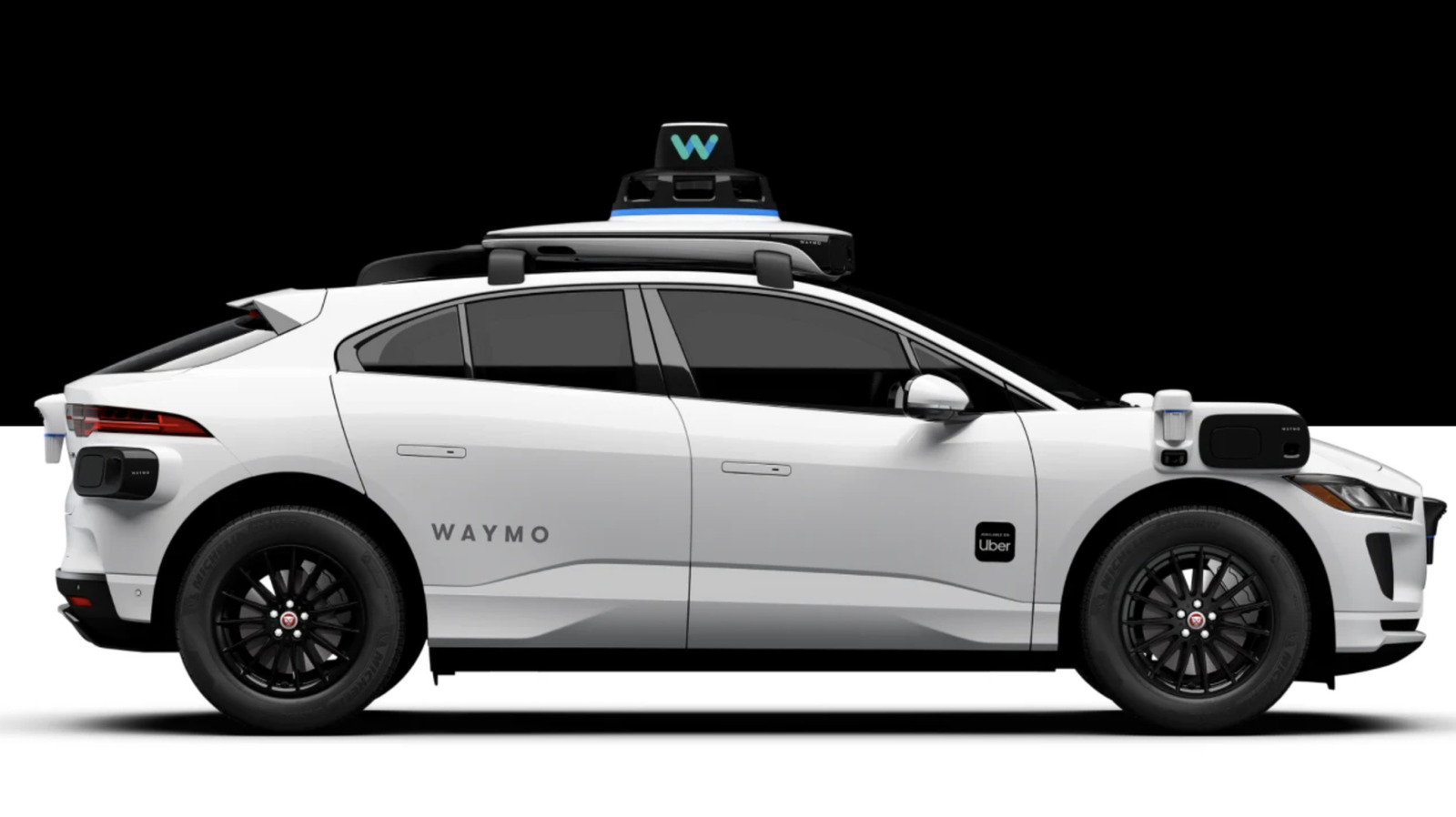
We may receive a commission on purchases made from links.
As they say, times are changing. People who have experienced robotaxis gave them a confidence score of 67 in a survey by J.D. Power, double that of folks who haven’t tried one. Tests and trial runs also suggest that robotaxis will be safer, more efficient, and potentially cheaper, too. Uber’s driverless car partner claims to have driven millions of miles on public roads, and its tech stack is touted to be the “world’s most experienced driver.” Waymo notes that its self-driving Driver has reduced the number of serious injuries by 88%, pedestrian accidents causing injuries by 93%, and far fewer airbag deployments compared to human benchmarks. Moreover, independent data shows that crashes with Waymo’s robotaxis are lower than an average rideshare driver.
Uber’s other major partner, Baidu, is also making positive strides at proving the safety and efficiency of robotaxis. In a recent trial conducted in Hong Kong, Baidu’s Apollo robotaxi clocked 20,000 kilometres of “safe driving,” and by 2025, it had completed a staggering 11 million rides. As profiled in this Rest of World report, Chinese self-driving companies such as Baidu are even ahead of its U.S. rivals.
Another crucial benefit in the favor of robotaxis is that driverless cars can drive nearly round-the-clock compared to a human driver, and that could drive down costs and boost their general availability for an average person. For example, a Baidu autonomous ride can cost as little as $0.60 for a 6-mile route. Uber has somewhat of a fundamental upper hand in the autonomous vehicle race, partially owing to its established brand name, especially when it comes to consumer trust and acceptance, and partly due to its expansive partnerships.
In 2015, when ride-hailing services such as Uber first started leaving a tangible impact, protests erupted across the globe. In the wake of strikes, blocked highways, and burned tires, France banned the low-cost UberPOP service. For a similar cause, thousands of taxi drivers launched protests against Uber in the Indonesian capital, Jakarta. Staring at the risk of lost livelihoods, taxi drivers erupted in demonstrations in different locations across Europe, Latin America, and North America, as well. Such protests continued well into 2024, when taxi drivers in India protested against Uber. Now, the company is at the precipice of another major shift — driverless cars or self-driving cabs.
This won’t be Uber’s first tango with self-driving cars, but the company’s second salvo comes at a time when the self-driving tech and the underlying AI tech are close to maturity, thanks to recent innovations courtesy of Tesla and Baidu. Uber abandoned its in-house robot taxi ambitions back in 2020, but soon joined hands with Waymo, which itself spun out of Google at a time when anti-Uber protests were at their peak.
Waymo sued Uber back in 2017 over alleged theft of trade secrets, and subsequently inked a deal, starting with trucks and then expanding to taxis two years later. As of June, the two companies had started to offer driverless ride-hailing services in Atlanta and Austin. Uber has also signed similar deals with other autonomous mobility companies like Baidu, Pony.AI, WeRide, Wayve, Volkswagen, May Mobility, and more. Luck, or let’s say public sentiment and the technological developments, is in Uber’s favor at this point in time.
One can assume that Uber is in safe hands, but at the same time, a few mistakes by one or two of its autonomous fleet partners can prove to be costly. Conversely, Uber can choose to ditch the faltering partner and save the rest of the project. But it’s not a straight route to self-driving tech. As Dr. Laine Mears, Chair of Automotive Manufacturing at Clemson University, told SlashGear, true self-driving technology is still a few years away, partly owing to the fundamental differences in last-minute decision-making between a human driver and an AI. Despite the claims about efficiency by players like Waymo, self-driving cabs keep getting stuck and giving nightmares to delayed passengers as of 2025.
But let’s not forget the elephant in the room — Tesla. The company’s chief, Elon Musk, has already made bold claims about its robotaxi ambitions. And compared to Uber, it has a crucial advantage — an end-to-end tech stack that involves making its own cars and self-driving technology. Even though Musk has been sued by investors for hyping up the robotaxi plans, the mercurial Tesla chief claims that autonomous rides will have a meaningful impact on the company’s balance sheets as early as 2026. But beating Tesla won’t be a cakewalk to self-driving ride-hailing glory. “Their capabilities are pretty extraordinary, but I think the same economic laws apply to them,” Uber’s CEO, Dara Khosrowshahi, said in a recent interview. So far, the odds appear to be stacked in Uber’s favor. It would just need a better business plan to meaningfully transform the concept of a taxi in the modern age.



